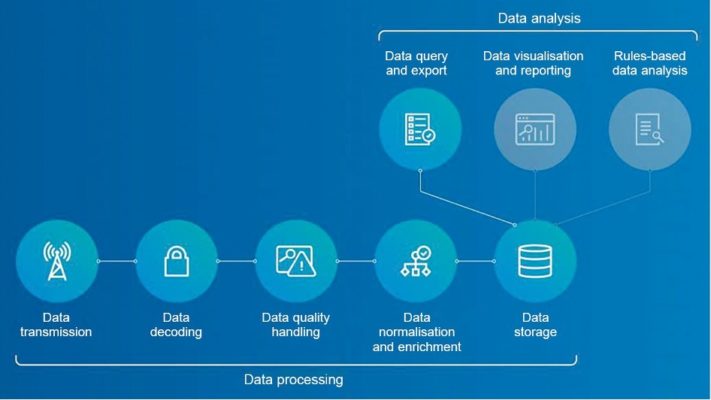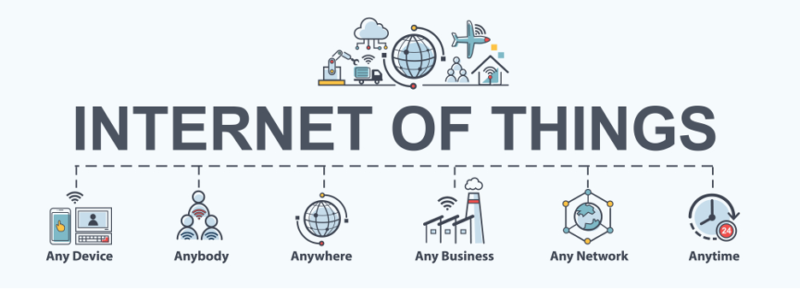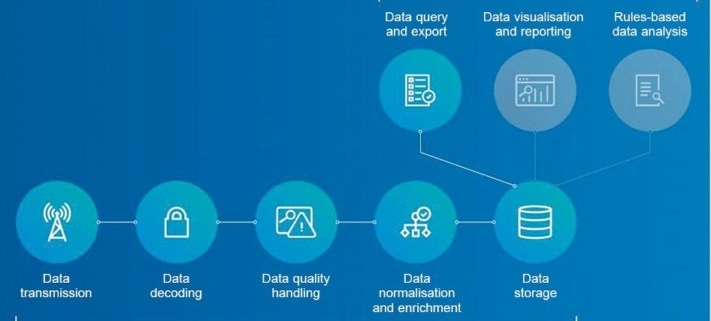Sensors Data Management, IoT Mining and Analytics
Definition of Internet of Things (IoT )
The Internet of Things stands for IoT. Things refer to the items we use in our daily lives (e.g., domestic appliances and electronics). These items, termed the Internet of Things, are accessible or connected through the Internet. A network of physical items incorporated in the software, electrical devices and sensor systems that allow these things to gather and share data may be characterized as the Internet of Things.
The IoT objective is to increase the connectivity of the Internet from ordinary devices such as computers, mobile telephones, and electrical gadgets. Due to various technology convergence, real-time analytics, machine education, computer computer science, commodity sensors, and embedded systems, things have evolved. The Internet is supplemented by traditional areas of embedded systems, wireless sensor networks, control systems, automation (including building automation and home automation), and others. IoT technology is the most synonymous consumer technology with goods that support one or more common ecosystems under the idea of “smart home,” incorporating gadgets and appliances (for example lighting systems, thermostats, security systems, cameras, etc.). In medical systems, the IoT can also be employed.
The growing risk of the IoT is a series of severe issues, in particular in the field of privacy and safety.

Fig.1: Description image for IoT (Source: https://www.tutorialandexample.com/iot-tutorial/)
2. Sensors Data Management
Data management is the process of collecting and improving the whole accessible data. Different gadgets send enormous quantities and types of information from different applications. The management of all this IoT data requires creating and implementing architectures, rules, practices, and methods that satisfy the whole demands of the data life cycle.
Things are controlled by intelligent gadgets for task automation so that our time is saved. Smart objects can gather, transmit and comprehend information, and a tool to aggregate information and make conclusions, trends and patterns will be necessary.
 Fig.2: Steps in IoT data management ( Source:
Fig.2: Steps in IoT data management ( Source:





